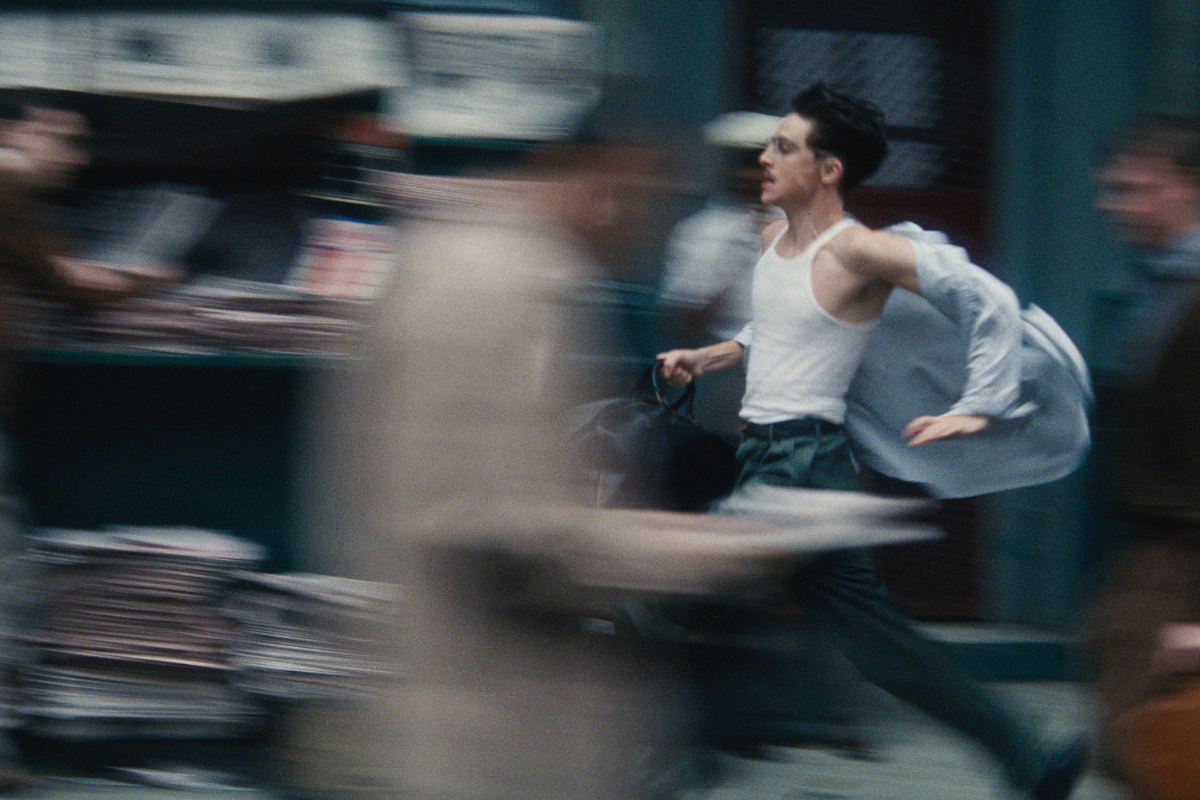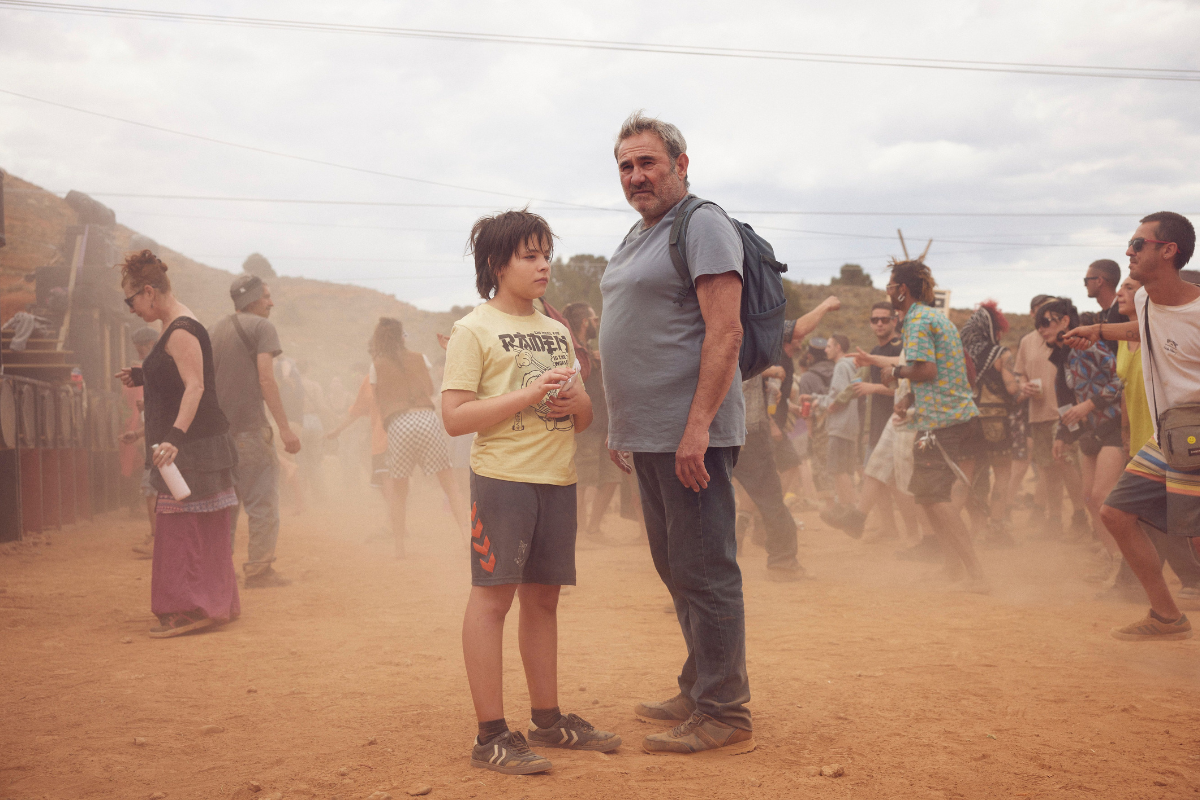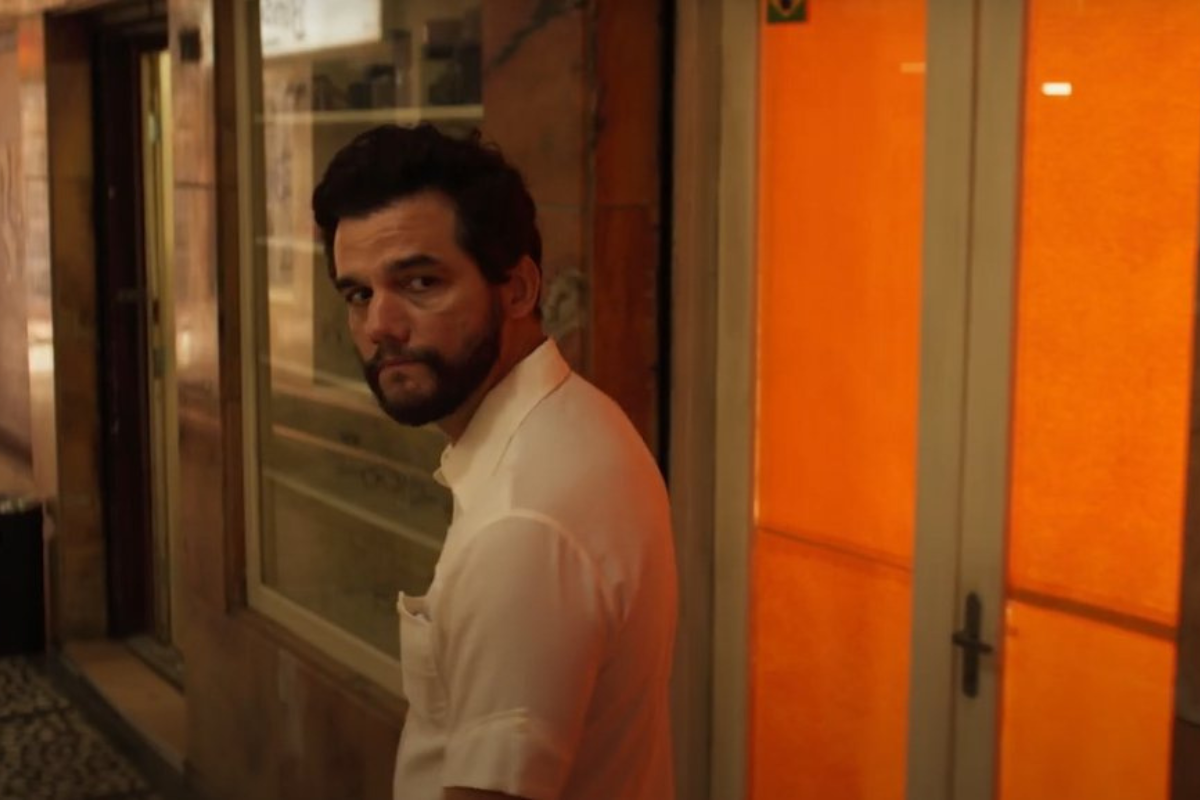STORYTELLING STRATEGIES: The Hereditary Puzzle
Paul Joseph Gulino explores the lost opportunities of set-up and pay-off in the film Hereditary.
Paul Joseph Gulino explores the lost opportunities of set-up and pay-off in the film Hereditary.
A screenplay can’t rely on an external guide to help the reader understand it.
Hereditary (written and directed by Ari Aster) has been a breakout hit. It’s got a complicated story, but fortunately you can reach out on the Internet and find help.
That’s good for a writer director with a deal, but if you’re writing a spec script and can’t rely on music, actors and effects to rivet and terrify your audience, it’s a good idea to make sure your screenplay holds up without need of a helping hand.
Screenwriting Craft: Making Characters Fully Alive
Hereditary’s story seems complicated, but it's actually very simple. A family has a bunch of disturbing supernatural things happen to them. Things get worse and worse, and heads will roll. Anyway, that’s how you’ll experience it in the theater.
Who is this family? Well, there’s Annie (Toni Collette), mother of two who is an artist working in miniatures; there’s her hubby Steve (Gabriel Byrne) who wears glasses and works in an office of some kind; there’s her teenage son Peter (Alex Wolff), who’s an okay student and apparently an okay kid; and her young daughter Charlie (Milly Shapiro) who is unusually intense for her age, emits odd sounds, and finds decapitation a worthy activity on the occasion of finding a dead bird.
If these characters sound a bit vague (except, perhaps, Charlie), it’s because they are. The screenplay in question is yet another suffering from the common problem of FSSUS — Failure to Set Stuff Up Syndrome. When you're writing a screenplay, it's a good idea to pause and ask: does the audience have a sense of what the principal characters' lives would have been like if the story hadn't happened?
It’s a good idea to make sure your audience has some sense of the principal characters before the action proper begins—what are their hopes, dreams, expectations? In the case of all the principal characters in Hereditary the answer is unknown, unknown and unknown.
And if these characters are about to embark on a very dark journey into supernaturalism and satanic worship, it’s good for the audience to know about these characters’ attitudes are toward the supernatural. The answer in Hereditary is, again, unknown. (In contrast, in The Shining (1980), the main character describes his wife as a “confirmed ghost story and horror film addict” within the first few minutes).
Because the screenplay does not provide us with at least a glimpse of these characters' lives before the story begins, they're not fully alive: they exist for the story only. And that is a lost opportunity.
Screenwriting Craft: Why Setting Stuff Up Is Important
Beyond that, there is also a failure to set up the rules of the world in which this supernatural stuff will take place, so it doesn’t appear to be simply a series of bizarre things that keep happening at an ever more frightening pace.
Why is it important to set stuff up? It’s the only way to turn your reader/viewer from an observer into a participant in your screenplay/movie. An observer is emotionally detached from the action. A participant is caught up emotionally in the action.
Consider this scenario: you take a friend to a World Cup soccer match, but this friend has never seen a soccer game and doesn’t know the rules and doesn’t know any of the teams. That friend is going to see a lot of stuff happening, and may as the game goes on start to put clues together to figure out how the game works, and may gradually get a sense of some of the players, but it’ll happen at an intellectual level, not an emotional one, and it’ll all finally make sense after the game is over—when it’s too late.
In contrast, if your friend has been following World Cup soccer since infancy, one of the teams is his or her home team, and he or she knows that several of the top players will retire this year so the team won’t have a chance to win again for a generation, the game will be an emotional roller-coaster from the opening kick.
True enough, the movie evokes an emotional response—horror. But it’s only at the most basic level. If your friend who is ignorant of soccer were to see the various players get decapitated during the course of the game, he or she would find that riveting, too.
Toward a Solution
Annie is an artist who works on miniatures. If the movie were to begin with a triumphal showing of her work at a gallery and an offer of a major commission of her work in a few months for some major exhibit, it would immediately accomplish the task of telling us who she is, how she operates, and give us a sense of her future expectations. Hubby decides to rearrange his (more specific) work schedule to support his wife on her breakthrough, Peter is supportive enough, and Charlie? She’s a bit of an outlier, a hint of darker things to come.
Intruding into this positive atmosphere is the death of Annie’s mother, and things go downhill from there. Such an opening provides a contrast in tone to what is to follow, thus enhancing the effect of the scary stuff. It also yields a sense of fully alive characters who will fight against the inevitable.
The supernatural element—involving a cult worshipping the demon Paimon, is a bigger problem in the script. The rules are inconsistent, and it comes off as a grab-bag of scary stuff. For example, when Annie tries to burn a notebook of disturbing drawings, her own clothing catches on fire, so she has to retrieve the notebook unburned to put her own fire out. The rule is established: if you burn the book, you will burn. Her solution is to ask her husband to burn it instead (not exactly a loving gesture). He refuses; she goes ahead and throws the notebook into the fire herself—and it’s her husband who burns up, not her. The guy can’t win.
Ideally, the rules by which the supernatural operates should be spooled out to the audience a bit at a time, and to the characters as well, as they try to come to grips with what is happening. Then the interplay of what the audience knows vs. what the characters know can be used to enhance suspense way beyond what music and effects alone can provide.
Need tips for writing for television? Then sign up for William Rabkin's OnDemand webinar Writing Television 101
Learn more about the craft and business of screenwriting and television writing from our Script University courses!
Paul Joseph Gulino is an award winning screenwriter and playwright, whose credits include two produced screenplays in addition to numerous commissioned works and script consultations, and his plays have been produced in New York and Los Angeles. He taught screenwriting at the University of Southern California for five years, and since 1998 has taught at Chapman University in Orange, California where he is an associate professor. He has lectured and given workshops in the U.S. and Europe and recently guest-lectured at Disney Animation in Burbank. His books include Screenwriting: The Sequence Approach and The Science of Screenwriting: the Neuroscience Behind Storytelling Strategies, co-written with psychology professor Connie Shears. His web site is www.writesequence.com.






